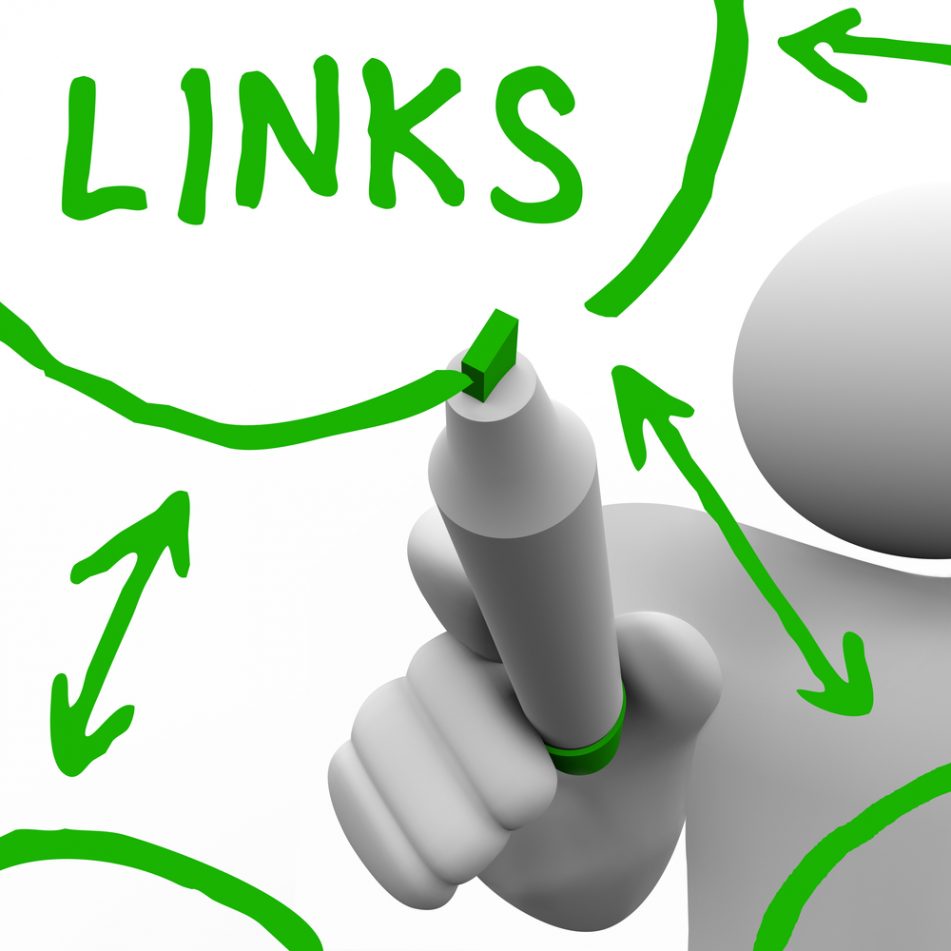In SEO, we can distinguish two large families’ criteria used in the algorithm: “on page” and “off page”. Sometimes, we talk about “on line” criteria which concerned all the site. The netlinking makes very often the difference between the rivals; that means that the strategies used to optimize the part “off page”. This tutorial on the backlinks, presents the best netlinking’s technical of 2011, notably on Google.
Knowing the basis of links optimisation
The links source
- Little and big sites
- Recent and old sites
- Sites with different reputation
- Sites being exactly in your thematic and others more distant from it
- Sites hosted in your country target and others elsewhere
- Sites in the language of your language and others
- Electronic directories, social networks, blogs, forums, traditional websites, commentaries …
- Sites who have no point in common with yours
- The type of links
They have to be various:
- Nonreciprocal, reciprocal …
- Follow and nofollow
- Some signatures of forums or commentaries
- Some links embedded in widgets
- Some links coming from aggregators RSS/Atom
- Some links coming from social networks
- Everyone of these types mustn’t exceed in proportion a limit fixed by Google…
The links situation in the page
A link is more natural when it’s in the content area useful for a page; outside the wrapping content (logo, head and foot of the page…).
A link in a in a block of links preceded by a statement such as “Partners”, “Sponsores” or others, may be detected easily by search engines and devalued or ignored. Actually, a great link is in a an annpropriate semantic context, with special editorial properties.
The anchor text
The higher attention must be scope on the optimizing link text. The most important is to vary them ( a page can’t receive too much links with the same text of link). If you always insist including the same strategic keywords in the text of your backlinks of a page, that would be cons-productive and your GoogleRank can fall down.
- Some labels corresponding exactly to your main query
- Some labels including one or several strategic keywords
- Some labels including one or several synonyms and semantics related to your principal strategic keywords
- Some labels including the name of your company or that of your website
- Some labels made by meaningless words
- Their majority have to be some extracts of phrases but not some requests: a link’s label can be an unique word, a nominal group, a verbal group, an entire proposition, but not systematically only the juxtaposition of keywords
- They must be standard size (measured in number of words)
We can notice that Google fixed different rules according to the type of pages. For example Google thinks it’ll found, for your homepage, a big proportions of backlinks’ texts, which contains the name of the site, or it’s domain name, whereas this percentage is very different concerning a profound page. If you spread too much the statistics waited by Google, your netlinking won’t be optimal.
The chronology of links
In Google’s algorithm, everything is “timestamped”: when Google discovers a new page, it notes the date. Equally when it finds a link to a page known, and when it becomes aware of the disappearance of a link to a page known. It analyses also the age of the page and of the site doing the link. We often heard that it’s better to get links on old pages, that’s true, provided the link is here since the page creation (it’s more performing than a link which has been added after the page creation). If you’d got a link since a moment on a page and that it’s supressed, that’s aggravated for your SEO if the only change of this page corresponds at the suppression of the link (if no other text has been suppressed).
The acquisition rhythm of backlinks
It’s also well known that the acquisition rhythm of links is closely monitored by Google. Generally, a page receives new backlinks regularly and slowly, except at its publication where this number can be more important. There are of course exceptions but another time, Google seems to have some filters, which try to decrypt some unusual increases in the number of backlinks.
The destination of links
It mustn’t have a big proportion of links which point to the homepage (except if your site is only made of a few pages). A site, which receives spontaneous links, gets links to numerous pages.
The Internet users behaviour with links
Even if we haven’t found a serious test protocol, we can think that Google considers the interaction of visitors with the links. Of course, the links which are never clicked are disadvantaged, whereas the others have much more importance.


5 Comments
Sutter Health
Pretty! This has been a really wonderful post. Many thanks for providing these details.
Very nice blog post. I definitely love this site. Stick with it! .
This is really interesting You re a very skilled blogger. I ve joined your feed and look forward to seeking more of your magnificent post.
I appreciate you sharing this blog post. Thanks Again. Cool.